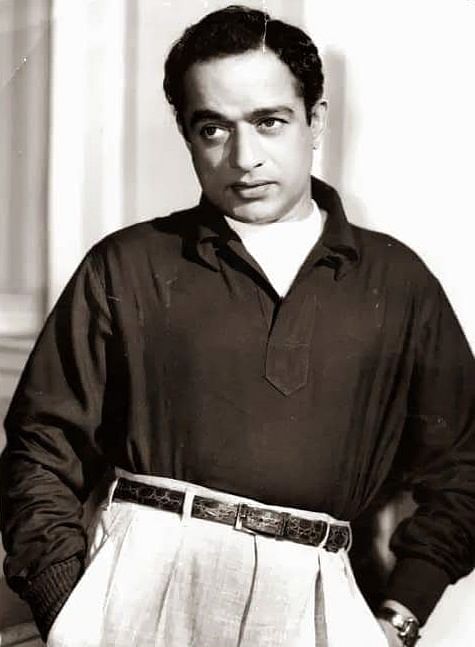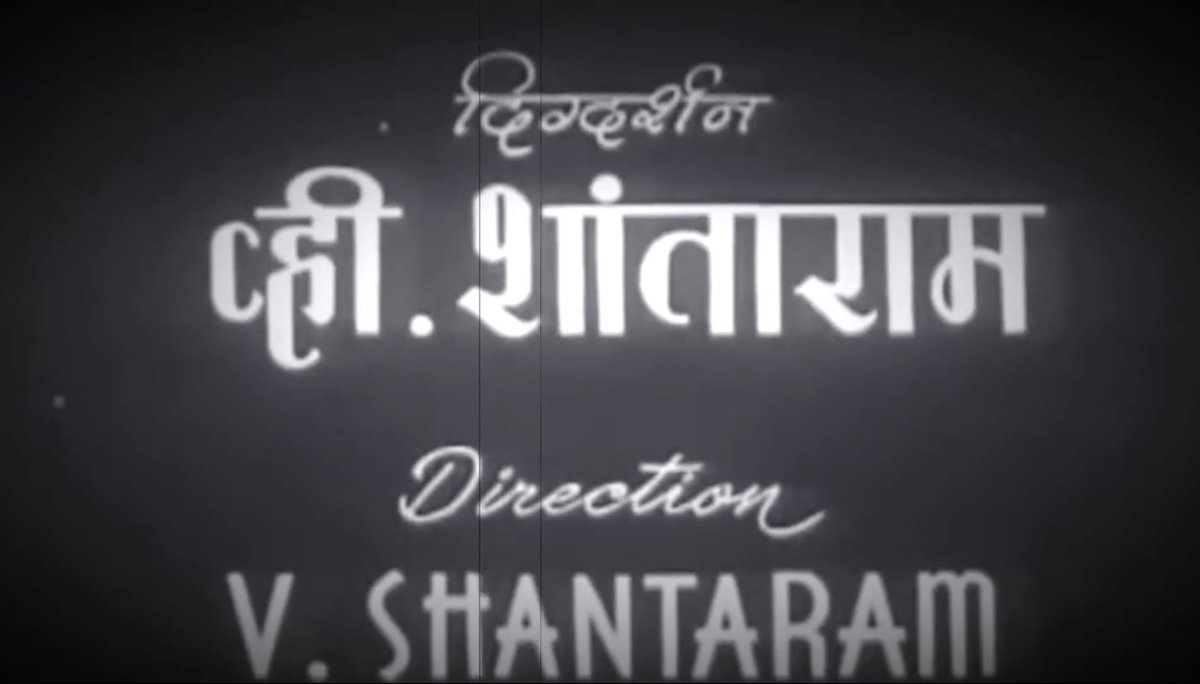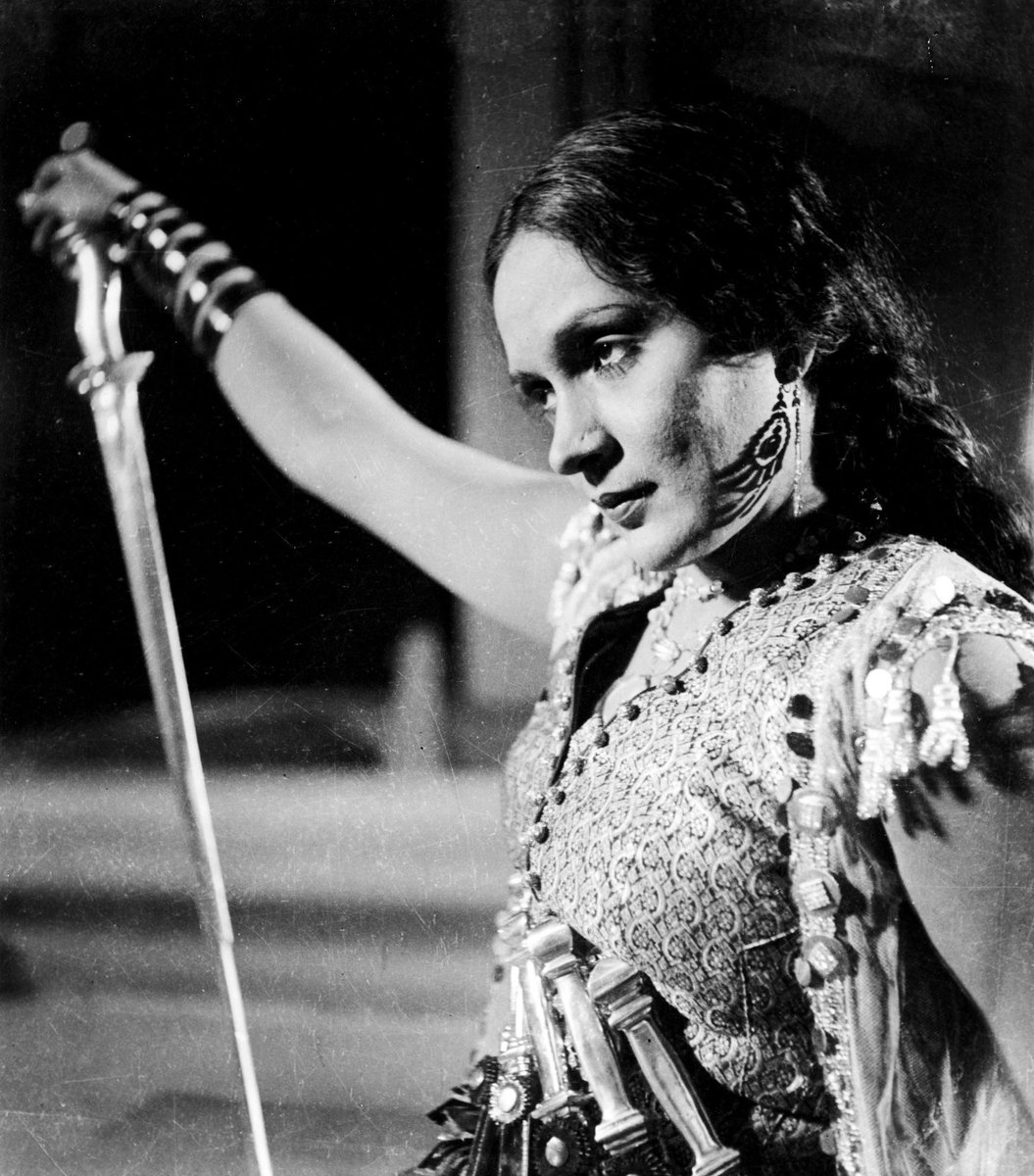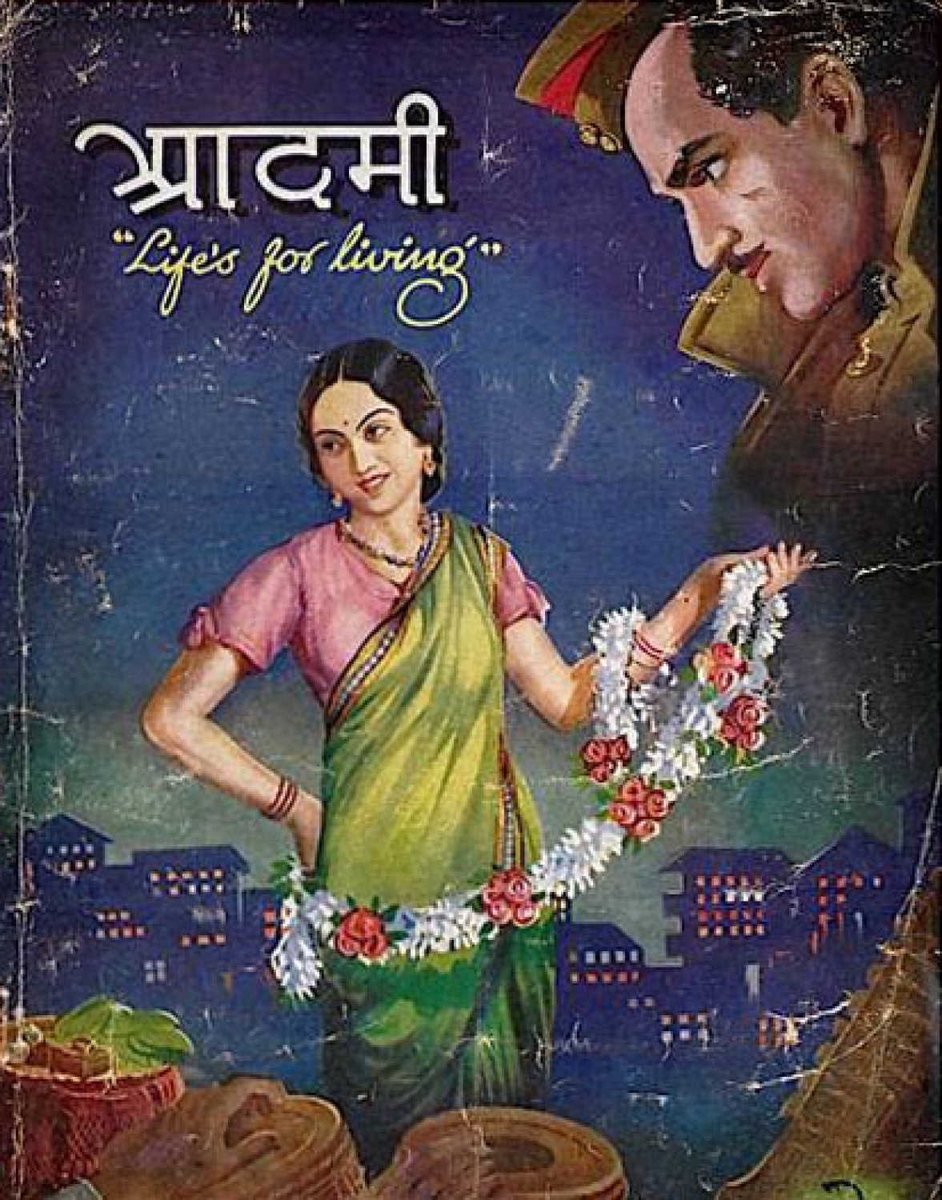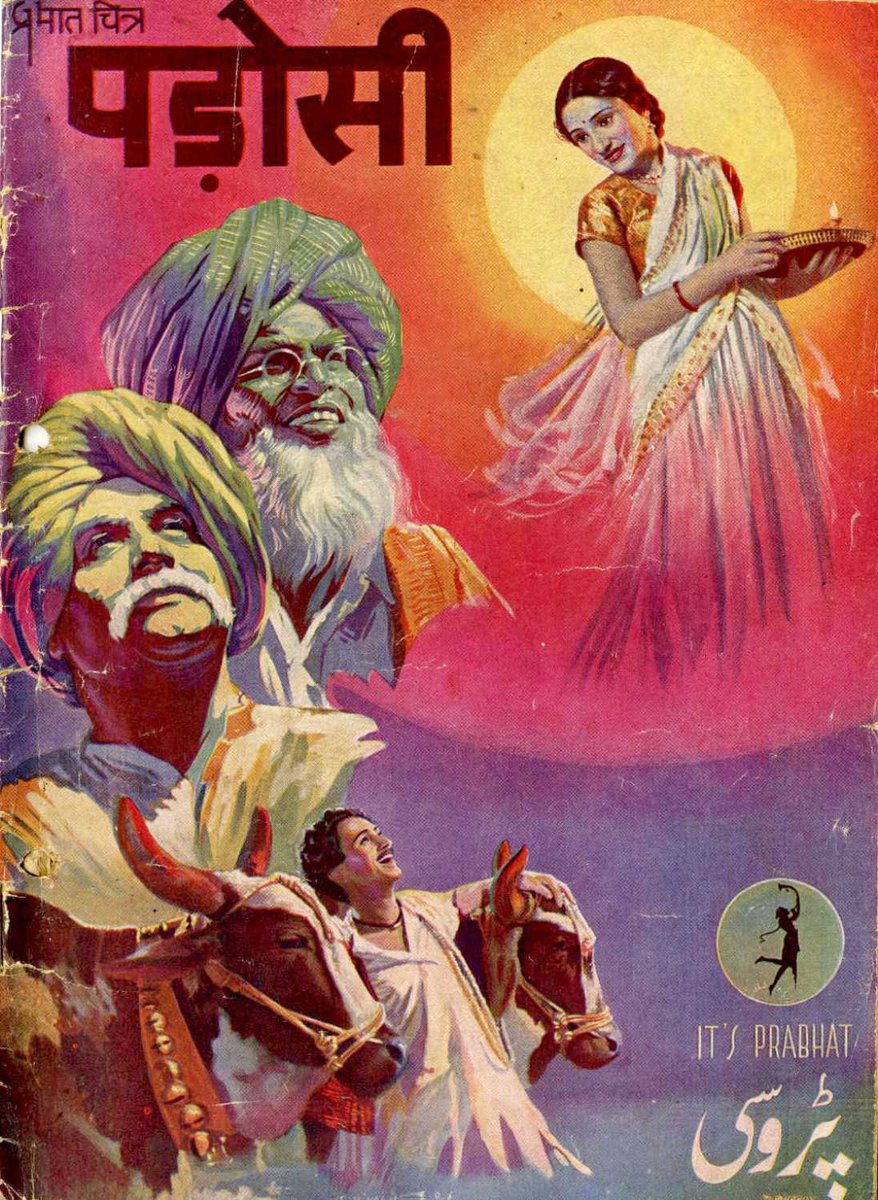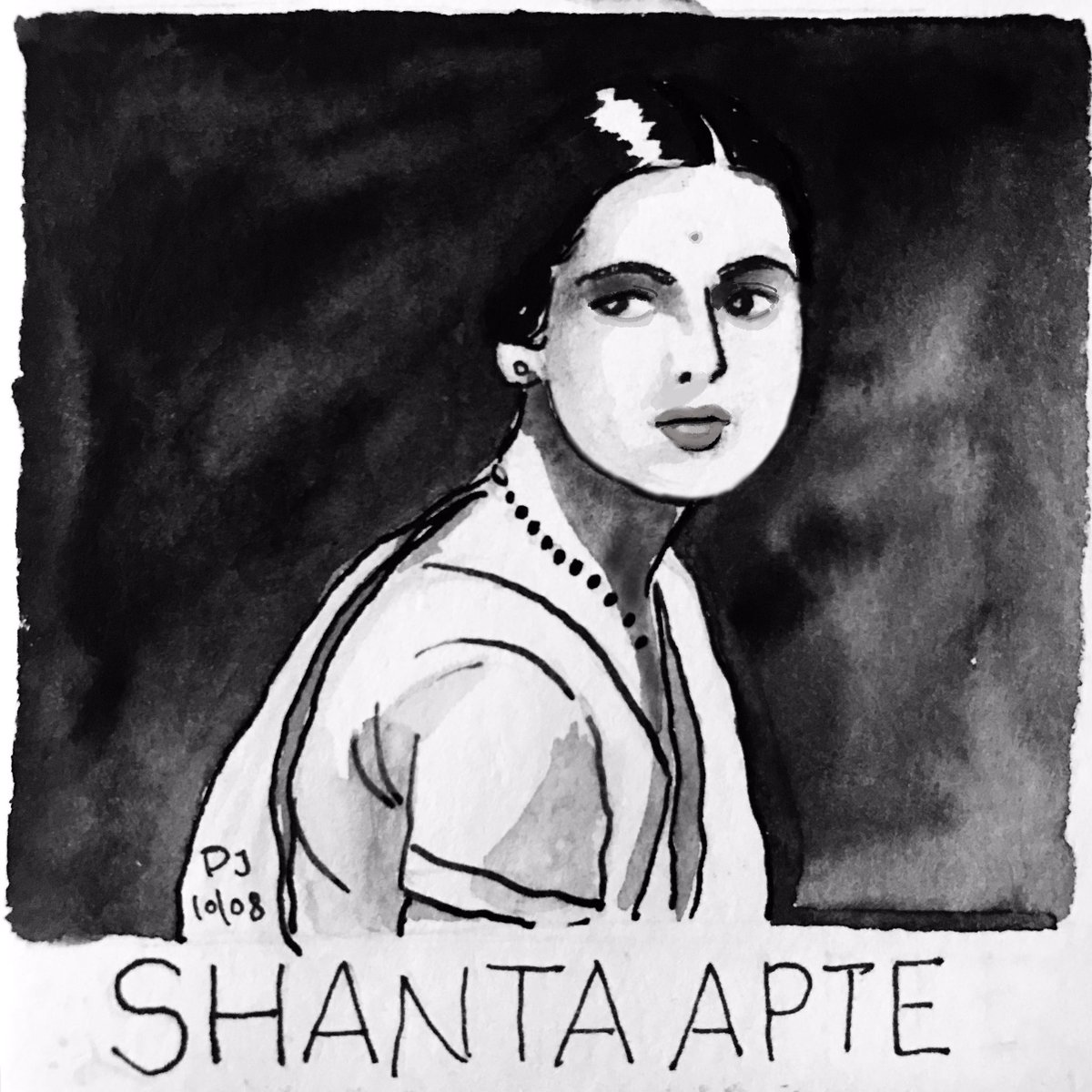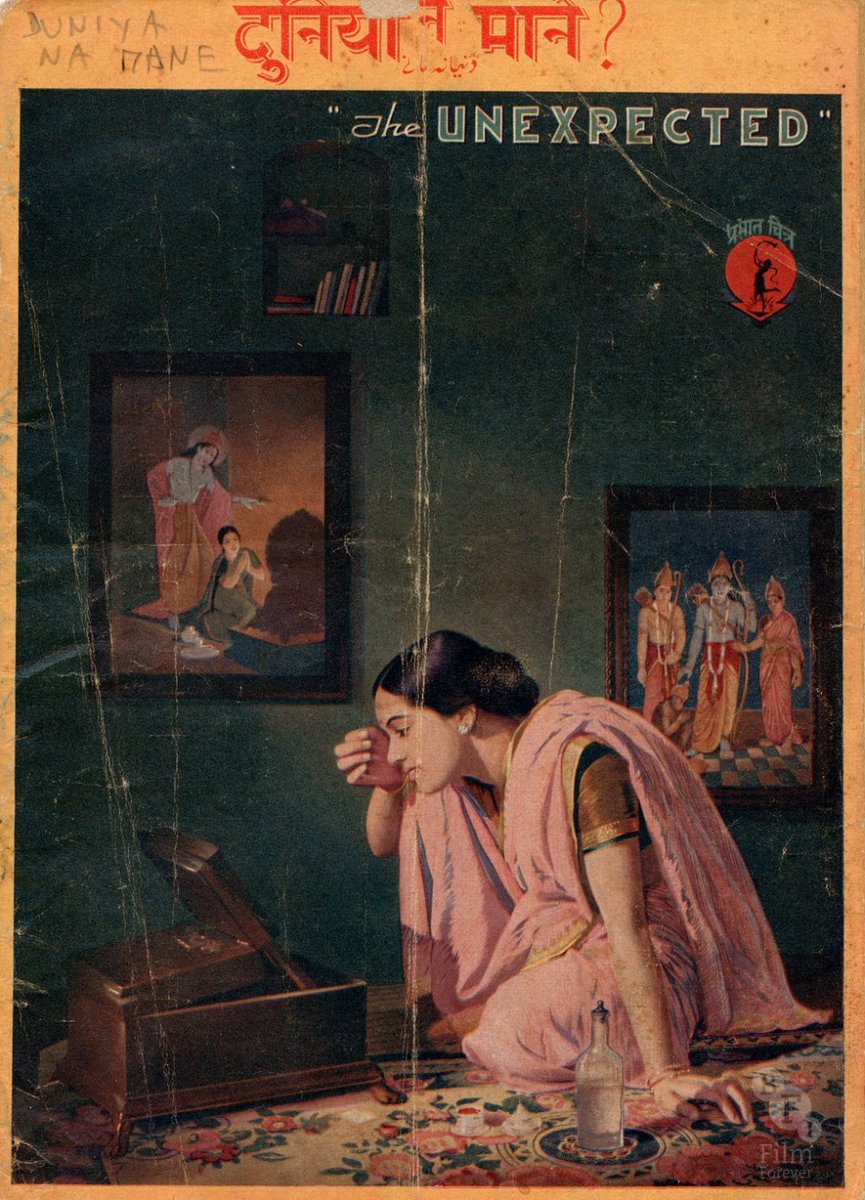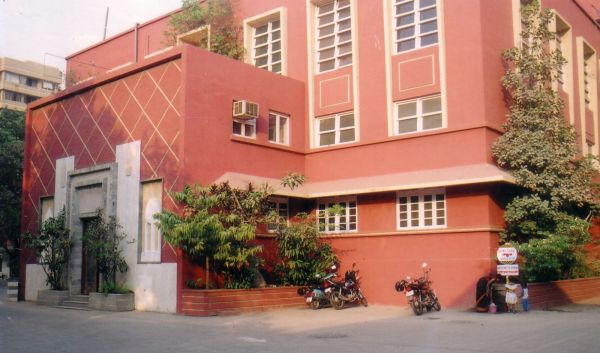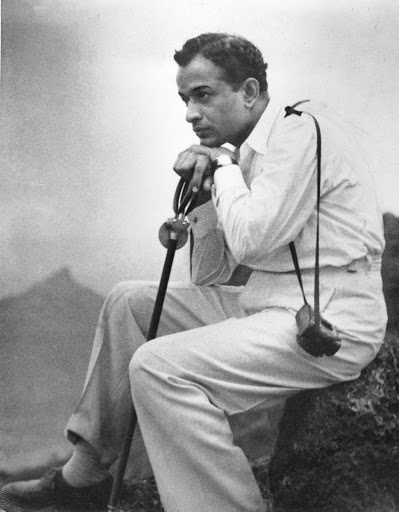One of cinema's early progressive voices and pre-independence India's greatest filmmaker, V. Shantaram, was born on this day in 1901.
Widely revered for classics like Dr. Kotnis Ki Amar Kahani and Do Aankhen Barah Haath, Shantaram's early work needs to be celebrated more.
1/n
Widely revered for classics like Dr. Kotnis Ki Amar Kahani and Do Aankhen Barah Haath, Shantaram's early work needs to be celebrated more.
1/n
In 1930s, Shantaram made a string of bold social reform films in Marathi that championed progressive ideas like women's emancipation, communal harmony, and attacked regressive practices of child marriage and untouchability.
2/n
2/n
Films like:
Amar Jyoti (1936) - An action adventure drama about a queen, played by the legendary Durga Khote, who rebels to become a pirate in the face of extreme patriarchy
Kunku (1937) - Reformist drama about a young woman fighting her marriage to a much older widower
3/n
Amar Jyoti (1936) - An action adventure drama about a queen, played by the legendary Durga Khote, who rebels to become a pirate in the face of extreme patriarchy
Kunku (1937) - Reformist drama about a young woman fighting her marriage to a much older widower
3/n
Dharmatma (1935) - Biopic of Sant Eknath, the 16th century poet, scholar, and saint who took on the practice of untouchability
Manoos (1939) - Social drama touching on the theme of rehabilitation of sex workers, centered on a prostitue and her affair with a policeman
4/n
Manoos (1939) - Social drama touching on the theme of rehabilitation of sex workers, centered on a prostitue and her affair with a policeman
4/n
Shejari (1941) - Against a backdrop of communal tensions, story of the unyielding friendship between a Hindu (played by a Muslim actor) and a Muslim (played by a Hindu actor). Shantaram was adamant on the casting to fight the divisive British policy — with Hindu-Muslim unity
5/n
5/n
Among the first to consistently cast women in the lead, the women in Shantaram's films, aside from being central to the plot, were always independent and gloriously rebellious.
(Portrait credit: @devika_joglekar)
6/n
(Portrait credit: @devika_joglekar)
6/n
Frequently experimenting with technique, Shantaram's films often stood out for their innovation, both behind-the-camera and post-production
Here's an example of that very experimentation in Kunku (1937)
(Video source: Films Division of India)
7/n
Here's an example of that very experimentation in Kunku (1937)
(Video source: Films Division of India)
7/n
V. Shantaram also established a state of the art studio, Rajkamal Kalamandir, which would become a favorite among directors like Ray and Benegal in the years to come, for its sophistication.
8/n
8/n
V. Shantaram did all of this by 1941-42, much before some of the landmark film movements — couple of years before the dawn of Italian neorealism, and a decade and a half before the French New Wave and the Parallel Cinema (movement)
9/9
9/9

 Read on Twitter
Read on Twitter